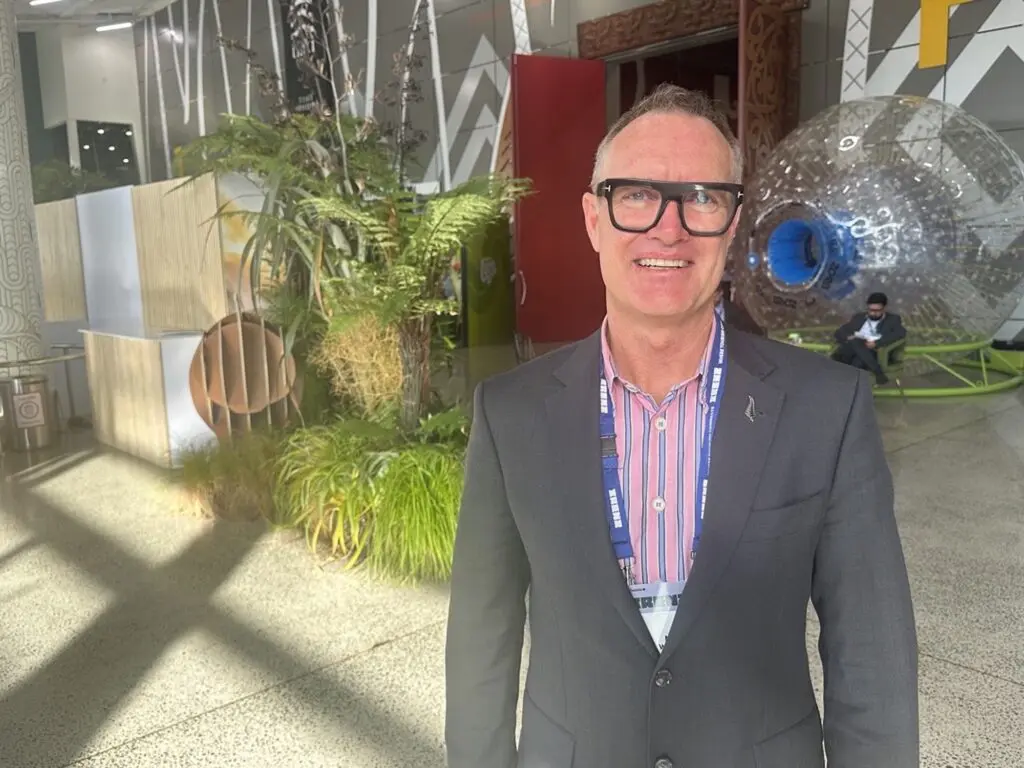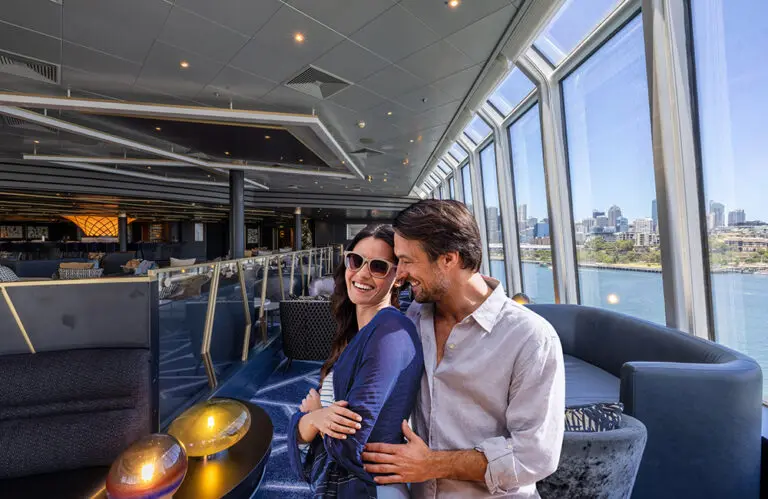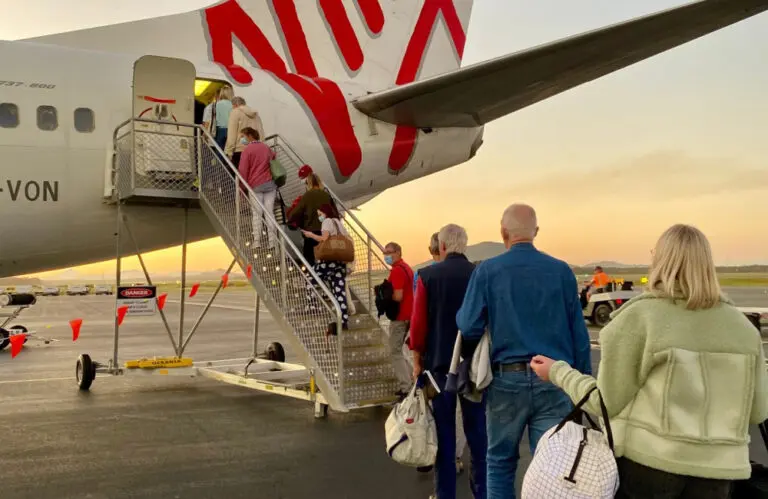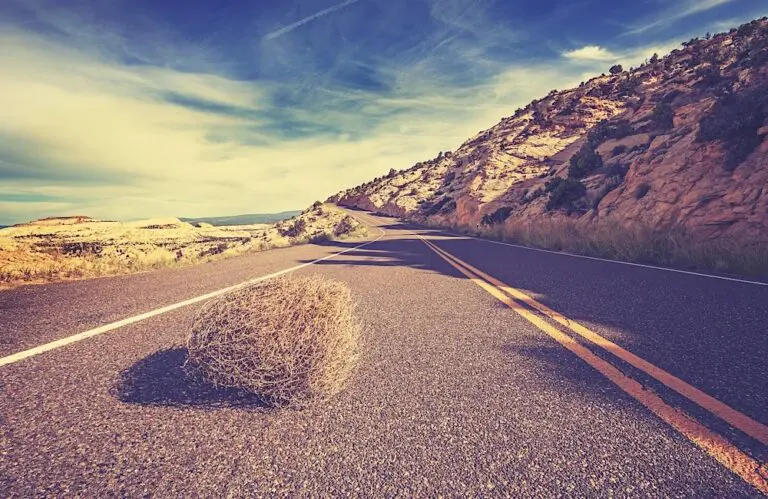There’s a lot to like about Queenstown, New Zealand’s top tourism town. But what Australians perhaps love most, according to Destination Queenstown CEO Mat Woods, isn’t what you might think for a place often dubbed “the adventure capital of the world”.
“From what we hear from Australians, they really like the après [ski]… and Queenstown is very famous for that,” he tells Karryon in a recent interview in New Zealand.
For those who aren’t familiar with après, the term refers to the socialising and entertainment that goes on after a day on the slopes. Who would’ve thought Aussies would love a good party? This vibe is helped by the ratio of restaurants to revellers the South Island city boasts.
“Queenstown itself is only around 35,000 people, and it’s got all those things that you need – there are 150 restaurants… you’d never find that in a town of 35,000 people. So it’s got a big city feel,” Woods says.
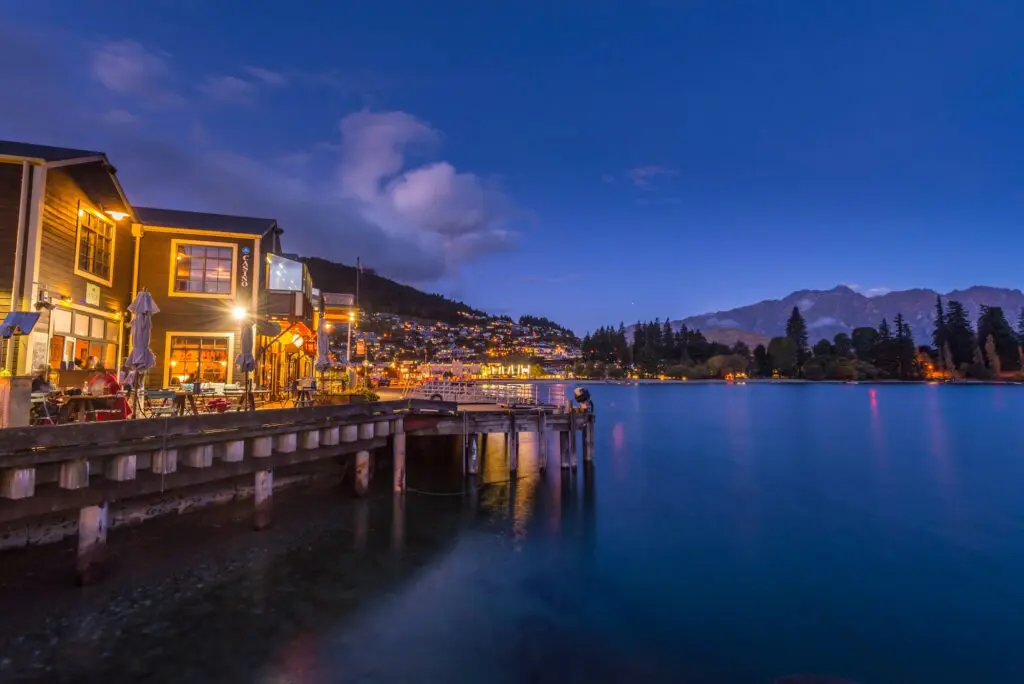
Beyond its après, Australians love that Queenstown is simply an alpine destination – with all that entails, like the next-level scenery.
“Australians like that experience of being in the Alps,” Woods says.
“You get off the plane and you walk down the stairs… and you’re greeted by the Remarkables. You smell that fresh air, and you see the mountains around you, so you’re in the heart of the Southern Alps.”
They’re also views that don’t really exist in Australia.
“When you go to Jindabyne… you climb to about 700 metres when you get there, and then they’re rolling hills,” Mat remarks.
“They don’t have that mountain scenery… so it feels like you’re in the mountains [in Queenstown].”
There are also four mountain resorts from which to choose, all “within an hour and a half” of the town – Coronet Peak, the Remarkables, Cadrona and Treble Cone.
“So to have those four mountains so close gives you all those options,” Woods states.
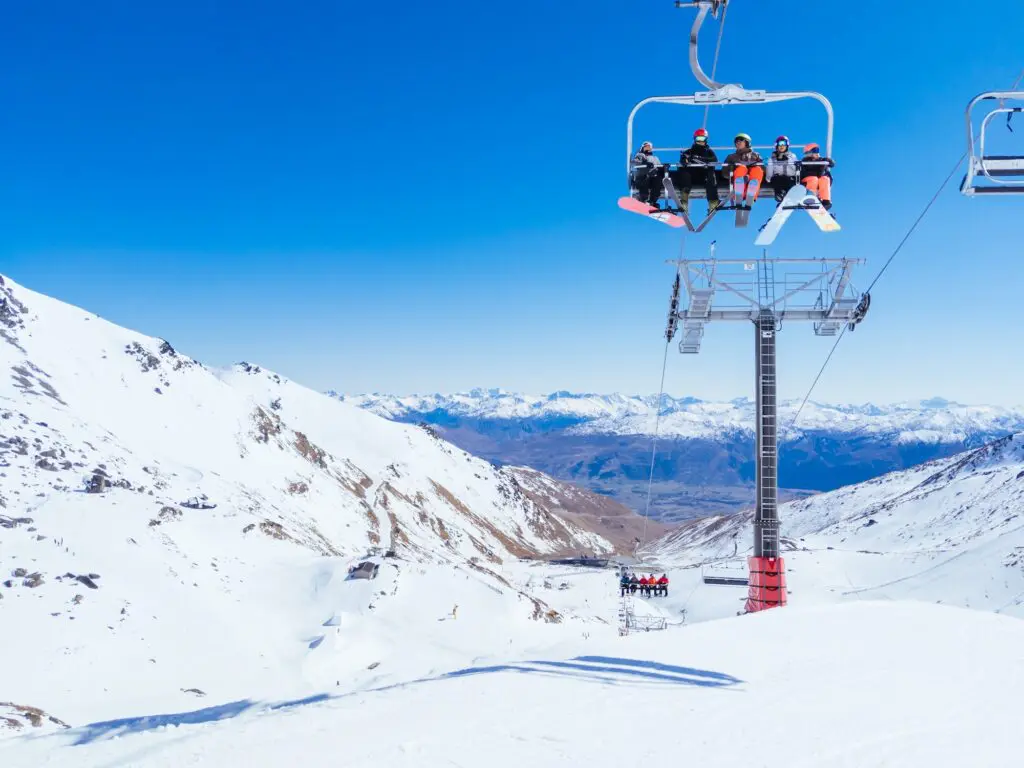
And if you need a break from the slopes, there’s seemingly no shortage of other activities to choose from, which makes Queenstown a unique proposition, certainly in this part of the world.
“If you are tired and can’t ski multiple days, which is quite likely, because not everyone’s legs can handle that, there are all these other activities,” Woods explains.
“So whether that’s going on a wine tour, jet boating, bungee jumping, going to Milford [Sound] for the day, or just going for a walk… there are other activities, so it’s not just a ski destination. I think that’s key as well.”
“If you think about other ski destinations globally, when you go there, that’s all you’ve got. And that suits families. Sometimes there are members of families that are really into snow and other members that aren’t, and so they can go off and do another activity.”
Snow much more than skiing
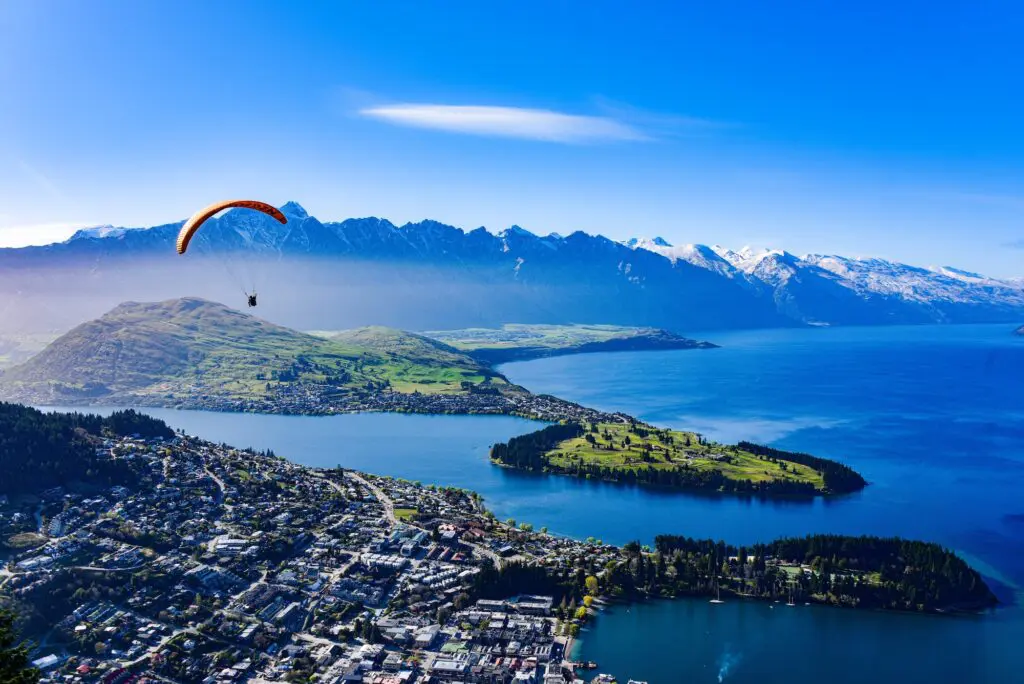
But Queenstown isn’t a one-trick pony – in fact, its busiest season isn’t even winter.
“So we promote ourselves as the Southern Hemisphere’s premier four-season resort. So what does that mean? We have four distinctive seasons,” Mat explains.
“It’s almost the first of March, the leaves are changing colour, you feel it’s autumn, it’s colder in the mornings. And then you get to winter, and it’s absolutely snowing and cold; and then spring comes around – there are lambs in the paddocks, there are daffodils, there are blossoms, you can still ski, but play golf in the afternoon as well.
“Summer’s a beautiful, warm season. So summer is actually our busiest season, if you want to call it that, but winter, autumn and spring are equal.”
“We only have a very small shoulder. So very consistent year-round.”
With so much to offer year-round, it’s little wonder Woods says Australians are repeat visitors.
“Aussies will come more than once. We’re not just a bucket list,” he says.
“As a trans-Tasman [destination], it’s a short-haul flight, so three hours. Aussies will come for the summer months – they might come for mountain biking, they might come for wine, and they’ll come for skiing as well.”
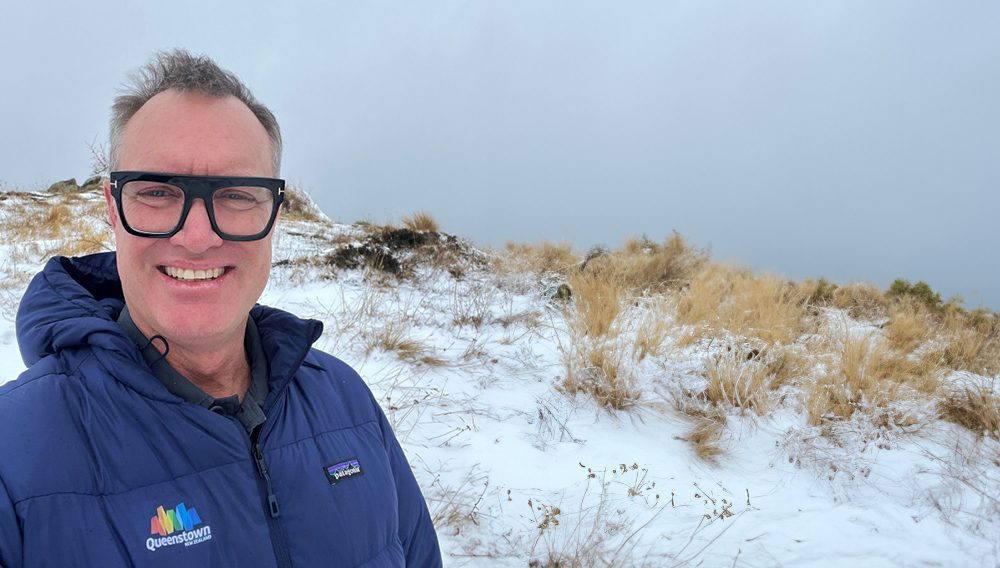
And then there’s another significant factor – the price point.
“Many Aussies find Queenstown easier to ski than local fields, particularly from Sydney – if you think about a five hour drive down to Jindabyne… it’s easier to jump on a plane, and actually often cheaper, even with the airfare, because the lift passes are cheaper and you don’t pay the parks fees, and accommodation’s cheaper.”
What’s more, skiing and snowboarding have become even better in the past 12 months, thanks to new chairlifts and even new terrain.
“Last year, the Remarkables put in a new chairlift. This year, Cadrona opened a new chairlift and 150 hectares of new terrain,” Mat says.
“So that’s in Soho, which is the back side of Cadrona. So, a new lift, new terrain, which is unusual globally, to see new terrain open.”
According to Woods, Queenstown is New Zealand’s number one destination, welcoming some 3 million visitors every year – including around 1.3 million visitors from its biggest international market, Australia.
“I think it’s roughly 1.3 million Aussies coming in a year. And of course, we have that direct connectivity into Queenstown airport from Melbourne, Sydney and Brisbane… and all four airlines flying in, which is the only airport in New Zealand that has all four airlines. So that’s the key difference.”
But certainly not the only difference, to which more and more Australians will no doubt attest.
For more info on Queenstown, visit www.queenstownnz.co.nz.



